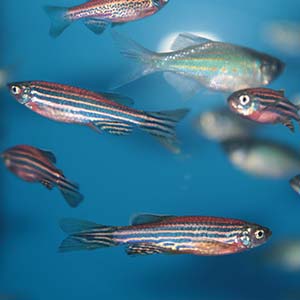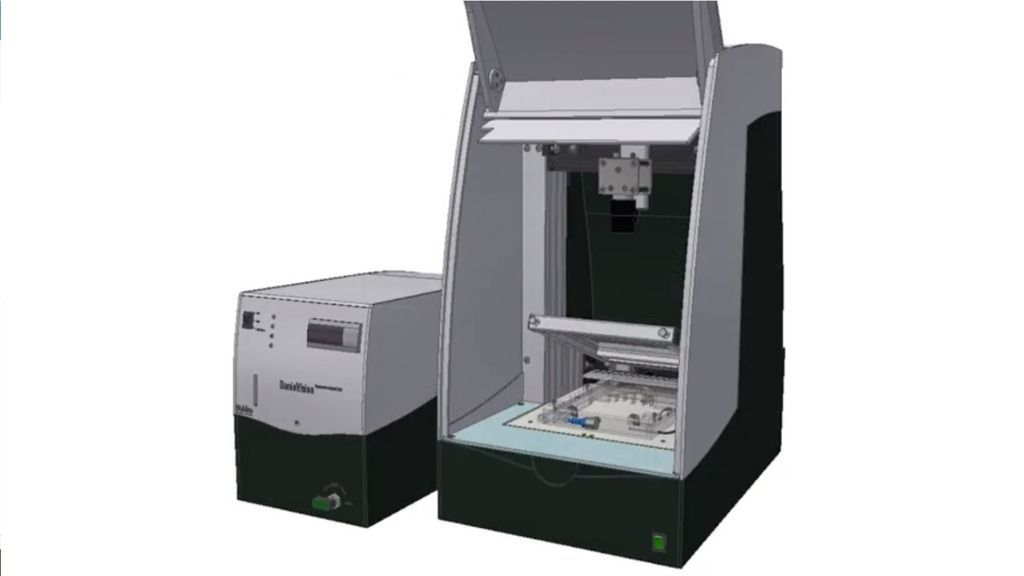Putative neurorestorative drug for Parkinson’s disease tested in zebrafish
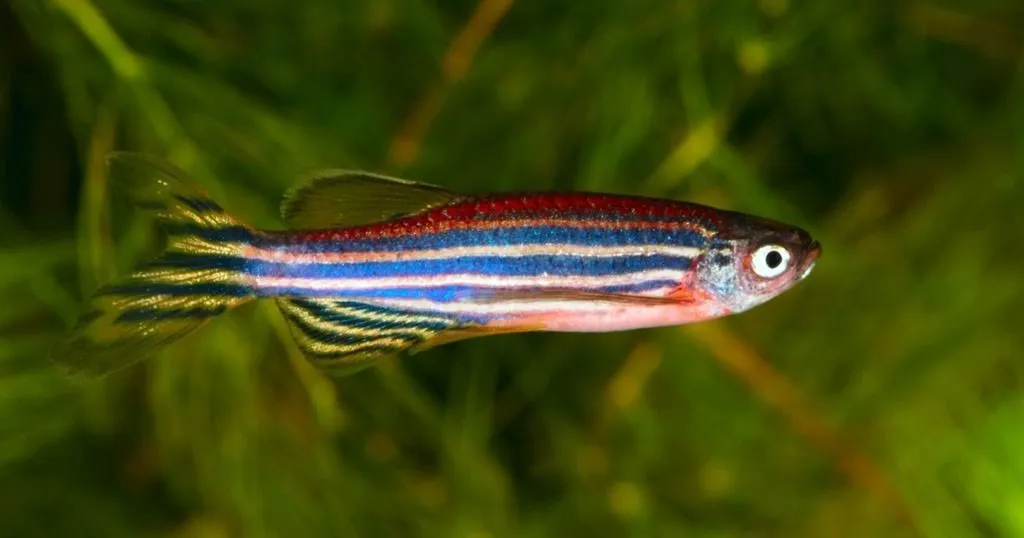
About zebrafish and their important role in finding a cure for Parkinson’s disease.
Posted by
Published on
Wed 20 Dec. 2017
Topics
| DanioVision | EthoVision XT | Parkinson's Disease | Video Tracking | Zebrafish |
An estimated 7 to 10 million people have Parkinson’s disease (PD). Needless to say, this disease has a major impact on society, especially since it has no cure. The most common prescription for PD is levodopa, which is effective in helping with motor functioning. But, thus far, the need for a neuroprotective or neuro-restorative drug is still unmet.
Dopamine
PD develops when the dopamine producing cells in the substantia nigra stop working properly. The loss of dopamine mostly causes locomotor issues, from walking to talking. The most common drug available right now is still levopoda. Developed 5 decades ago, this purely symptomatic treatment increases the levels of dopamine in the brain, but does not halt or slow down the actual decay of dopamine-producing neurons.
The need for a cure
Obviously, there is a need for a cure, or something to interfere with the progression of the disease. There are a couple of drugs already being used clinically that show promise to this effect.
Putative neurorestorative drugs
Isradipine, for example, is a drug that is used to treat high blood pressure. Several studies showed that people taking these drugs had a lower risk of getting PD, suggesting it might be neuroprotective and thus prevent the development of this disease.
Minocycline is an antibiotic that shows neuroprotective properties, making it another interesting candidate in the quest for a cure for PD.
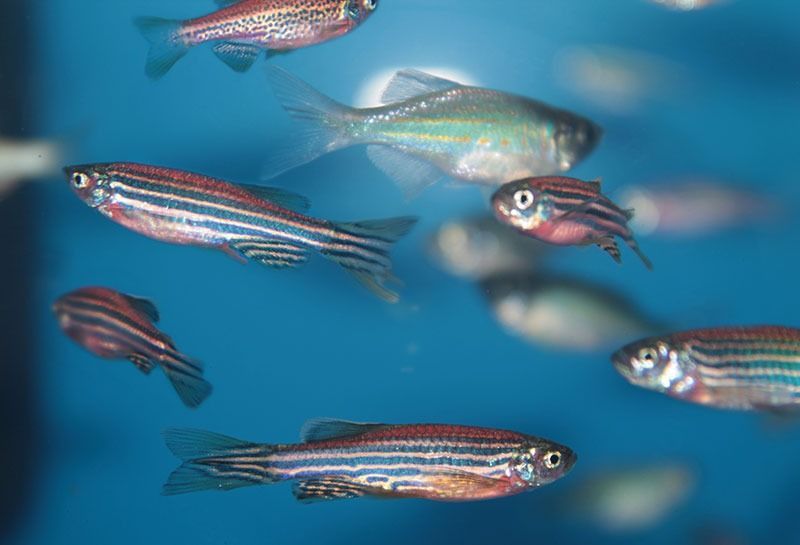
In addition, Rasagiline is a drug that is already used to treat symptoms of PD, usually in later stages of the disease. It is often used in combination with levodopa to help prolong its effects. However, it has also been used on its own in early stages of the disease and it seems to show neuroprotective effects.
Zebrafish model for PD
To investigate the actual effects of these drugs, Cronin and Grealy developed a zebrafish model for PD that’s suitable for high-throughput studies, as described in their recent paper in Neuroscience.
The model they used is on based on the administration of 6-OHDA (oxidopamine), a toxic substance that destroys dopaminergic and noradrenergic neurons in the brain and is commonly use to product parkinsonism in animal models.
DanioVision and EthoVision XT testing
In order to test whether isradipine, minocycline, and rasagiline could protect or restore locomotor functioning after treatment with 6-OHDA, the zebrafish larvae were tested using DanioVision.
Individual larvae were placed in a 96-well plate, and their activity was measured during a 50-minute period at 5 days post fertilization, with 10-minute alternating light-dark cycles. The researchers used EthoVision XT to calculate mean distance moved per minute and total distance moved.
The promise of rasagiline
Researchers found that rasagiline restored locomotor function in 6-OHDA-treated zebrafish. It also restored dopaminergic neurons. Minocycline also restored locomotor function, but did not have the restorative effect in the brain. Isradipine showed no significant improvement in either area.
High throughput testing
Findings for minocycline and rasagiline in this study are in line with other rodent studies. Another important conclusion from this research is that this zebrafish model for PD can be used to test drugs for their neuroprotective and neurorestorative functions in a high-throughput manner, in this case using DanioVision and EthoVision XT video tracking.
References
Cronin, A.; Grealy, M. (2017). Neuroprotective and Neuro-restorative Effects of Minocycline and Rasagiline in a Zebrafish 6-Hydroxydopamine Model of Parkinson’s Disease. Neuroscience, 367, 34-46.
Related Posts

What is the Barnes maze? A dry-land environment for testing learning and memory
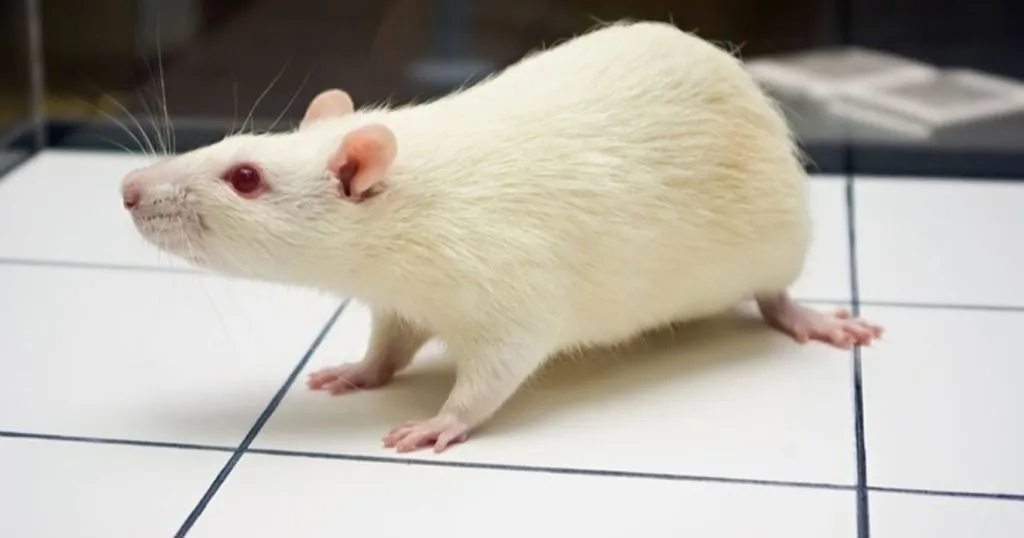
A 5-HT1A agonist and NMDA antagonist against Parkinson’s disease

